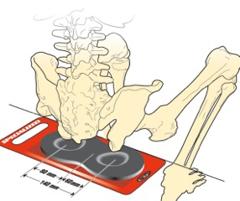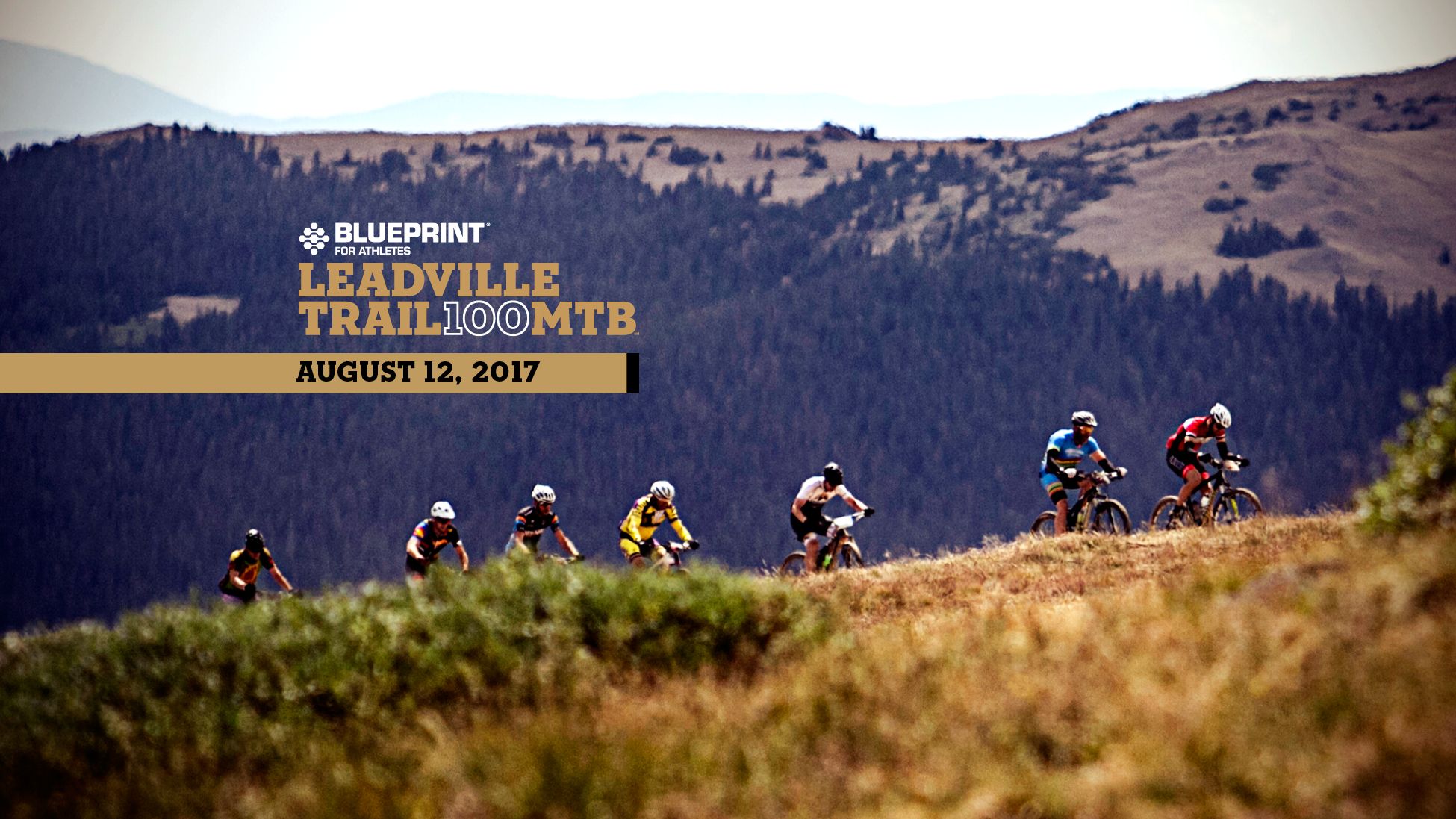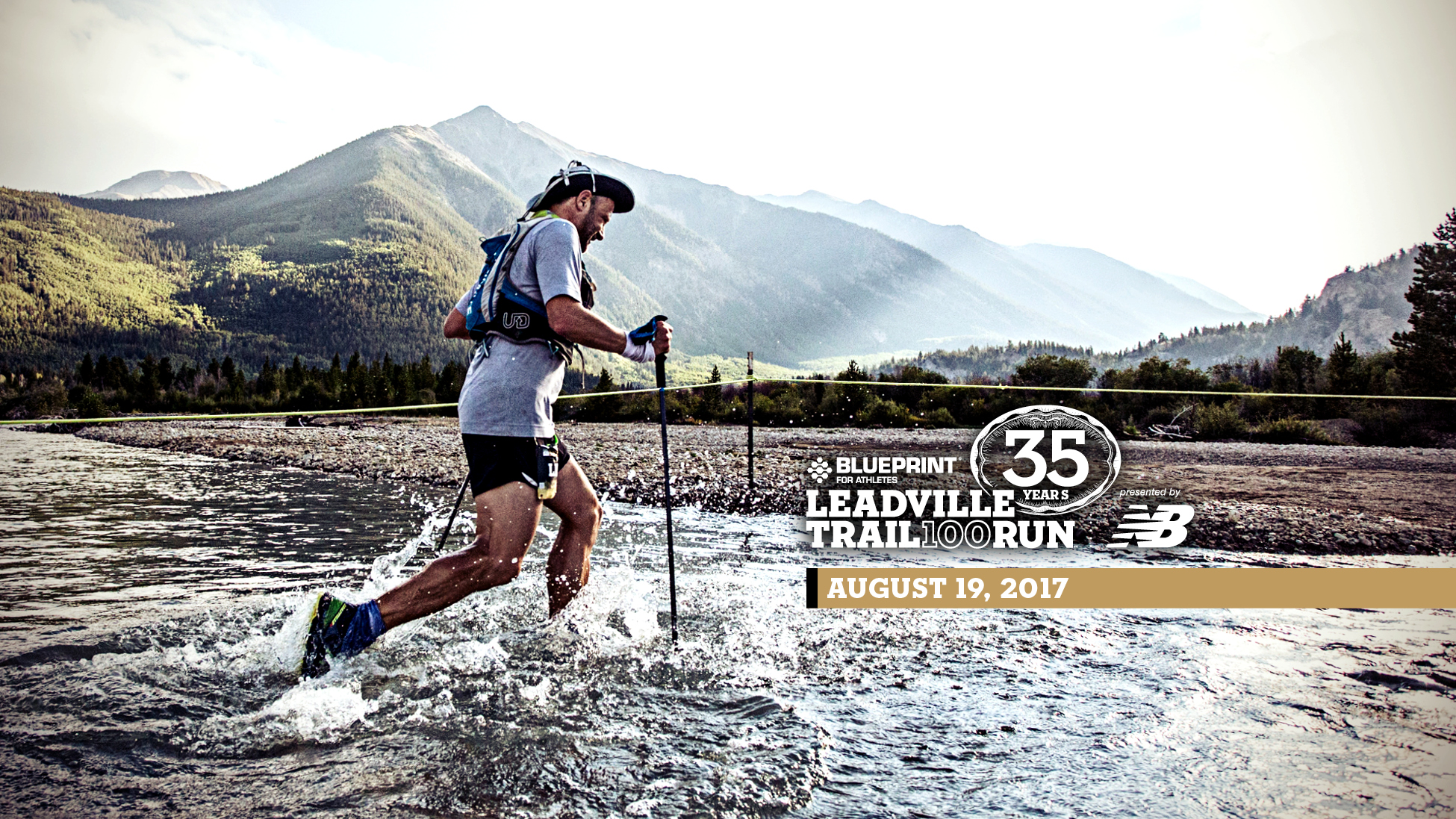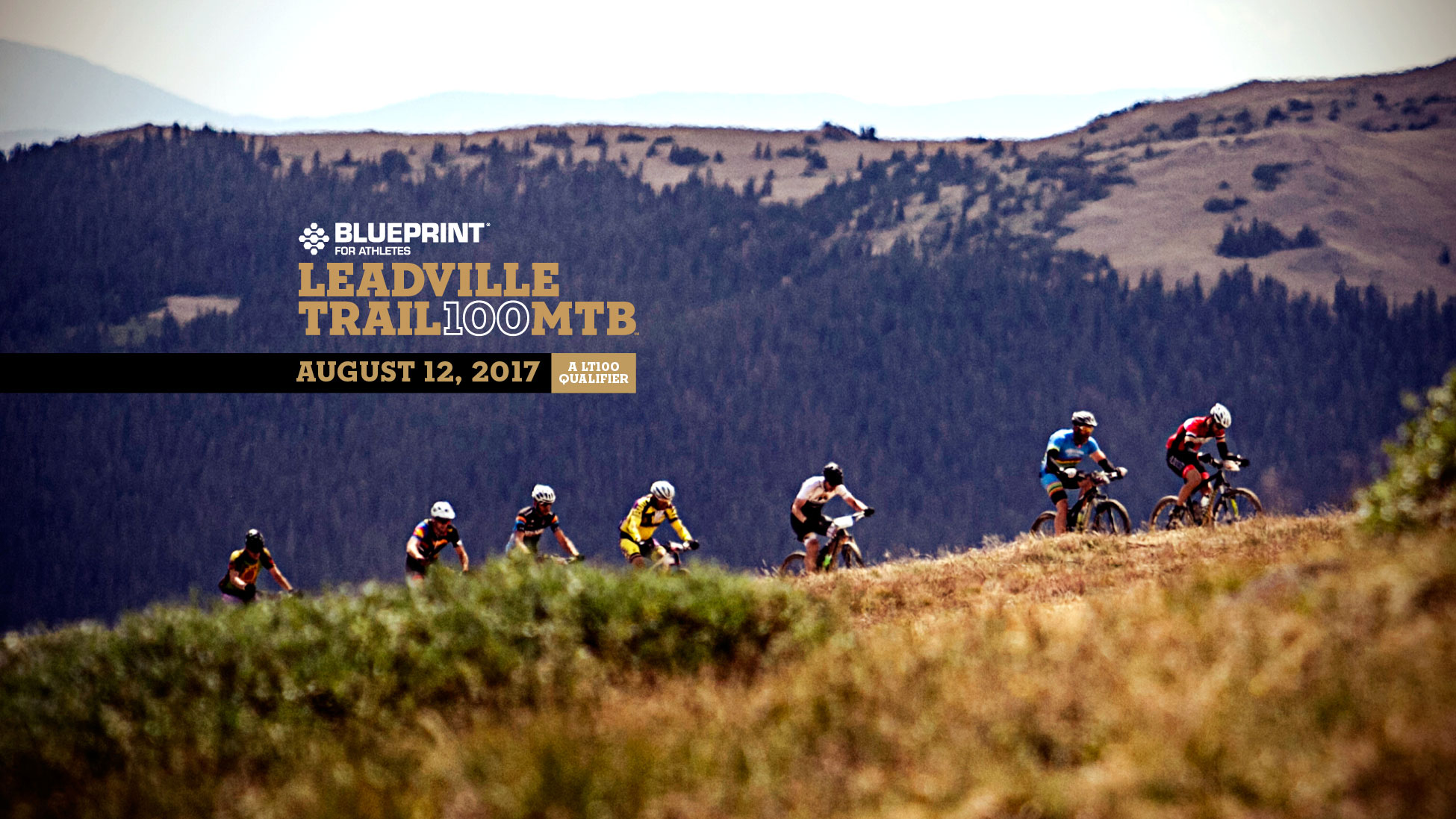Dispatches from Columbine: Don’t Overlook The Little Things – Choosing Gear Beyond Your Bike
By Rebecca Rusch
I just got home from coaching and participating at Camp of Champions and I have to say, it got me really motivated for race day. Spending a few days on the course with a bunch of super-amped riders gave me a burst of contagious excitement!
Having the opportunity to ride the gorgeous terrain without the stress of race day was also amazing. I had time to chat with many riders and also re-live my own experiences from four years on the LT100 course.
During the many miles of riding, I had the chance to talk with a host of different levels of riders (except, of course when we were going up Powerline. No one, including me, was talking much then). Some of the topics that surfaced again and again were how people’s hands were asleep or their backside was sore. Riders asked me how I deal with discomforts like this over the long haul. It made me realize that it’s the little pieces of gear that are sometimes the most important during a long day in the saddle.
Here are some of the items that I pay special attention to.
Grips: Where your hands touch the bar is a crucial point. You need a grip setup that offers comfort and control. Many people use whatever came on the bike, but a standard round grip causes hand numbing for many riders. This is because our hands are not round and a small surface area puts extra stress on the ulnar nerve in the hand, which can cause numbness and tingling. Not only is this annoying and distracting, it hinders your ability to operate the shift and brake levers.
Of course, all hands are different, so finding the right grips is very much trial-and-error. I know many riders who prefer simple, cheap foam grips because they provide extra padding. I prefer an ergonomically shaped grip like the Specialized BG grip. Keep in mind that even grips from the same company come in various sizes to accommodate different hand sizes. Luckily, grips are relatively inexpensive and easy to install, so trying out some different models is a simple undertaking.
I also prefer that my grip fits my hand and offers enough support that I can go without super-padded gloves. I wear a glove with no padding so that I can feel the control of the grip and won’t have to deal with bunching on the palm of my hand. If you get the right grip for you, glove padding will become unnecessary.
 Saddle: This critical accessory deserves the most discerning attention from the rider. We all know what it feels like to ride on a saddle that’s uncomfortable. Yes, riding a bike involves suffering, but this is not an area that you should accept as part of the suffering. Not only is the wrong saddle painful, you can damage nerves and cause saddle sores. Anyone dealing with a sore bum during a 100-mile event is in the wrong saddle.
Saddle: This critical accessory deserves the most discerning attention from the rider. We all know what it feels like to ride on a saddle that’s uncomfortable. Yes, riding a bike involves suffering, but this is not an area that you should accept as part of the suffering. Not only is the wrong saddle painful, you can damage nerves and cause saddle sores. Anyone dealing with a sore bum during a 100-mile event is in the wrong saddle.
And don’t think that ordering a big, cushy saddle will solve your problem. Cushion is not the key component in a comfortable saddle. A proper fit is the key. Many saddle companies offer a variety of saddle styles, widths and padding. The most important measurement is the width of your sitz bones. You can buy the most beautiful and expensive saddle in the store, but if it doesn’t line up with the bones in your body, then you’ll be sitting on soft tissue instead of bone. Get your backside measured at a good bike shop and use that measurement as your starting point.
After that, much of the choice comes down to personal preference. Keep in mind that saddles come in flat, contoured, cut out, solid, super cushy or thin-and-flexible models. What works for Mark Cavendish will likely not work for you, unless you are his twin brother. Try before you buy with a saddle demo program. And just like finding the right mate, when you find the right saddle, you’ll know.
Handlebar: It used to be that narrow handlebars were what the cool riders were using. Maybe it was a knockoff from the roadies and mountain bike racers who thought narrow was more aero. However, the trend now is to go wider and I have to say I’m sold. Most companies are now regularly offering 700mm bars as a standard option.
Here’s what I like about my nice, wide carbon handlebar: It allows me to open up my chest so I can relax my upper body and breathe — and we all know the air’s pretty thin up in Leadville anyway, so I’ll take all the help I can get. I also really like the better handling and steering that a wide bar offers. I feel I have more leverage and control with less arm movement than I would have with a narrower bar.
Cleats, Shoes & Insoles: Another important contact point on the bike is your feet. Unlike walking or running, where we are putting our body weight on both heel and forefoot, cycling puts nearly constant pressure on the ball of your foot. Having the wrong shoe, incorrect cleat placement or alignment issues can lead to pain in your feet, knees and even hips, which can result in a loss of power to the pedals.
Cycling’s forefoot pressure calls for a very stiff sole to provide support and strength across your entire foot. Choose a stiff sole and also a comfortable toe box. Your feet will swell in a 100-miler, so allow for this when you’re shoe shopping.
I’m also a firm believer in insoles and shoe shims. Rarely do I meet someone whose feet are symmetrical and built perfectly level like our pedals. Since we are locked into our pedals, the only place to take up slack for imbalances is in our bodies (ankles, knees and hips). The smallest misalignment can cause pain, injury and a loss of power to the pedals. Insoles and shoe shims will take up slack and align your feet to the pedals.
Much of this sort of tweaking is best done by a professional bike fitter, but it’s well worth the effort, and when you get the right fit on things like shoes, saddle and grips, you will wonder why you waited so long in the first place. Having these small, but important items of gear really dialed in and off your mind allows you to focus on having your best race.
Take the time now to perfect your gear and you can thank me later!
— Rebecca



